Fashion as Story, Fashion as Craft: A Tapestry of Meaning
Where stories and textiles intertwine – exploring the role of storytelling for positive social change, and the quiet mastery of BUNON’s handwoven silk in shaping fashion’s future.
This month’s intro is by Dörte de Jesus.
It’s a helpful and rewarding experience to have one’s creative expression and impact reflected upon once in a while. This happened to me last week when I came across Morna Laing’s article Sustainability and the Fashion Media: Micro-Utopia, Social Dreaming, and Hope in the Margins, published in Fashion Theory: The Journal of Dress, Body and Culture in April 2024. Here, The Lissome is highlighted as one of three examples of “sustainable fashion practices rooted in imaginative visions of social change,” alongside The Slow Factory and Fashion Fictions by Associate Professor of Fashion and Sustainability at Nottingham School of Art & Design, Amy Twigger Holroyd.

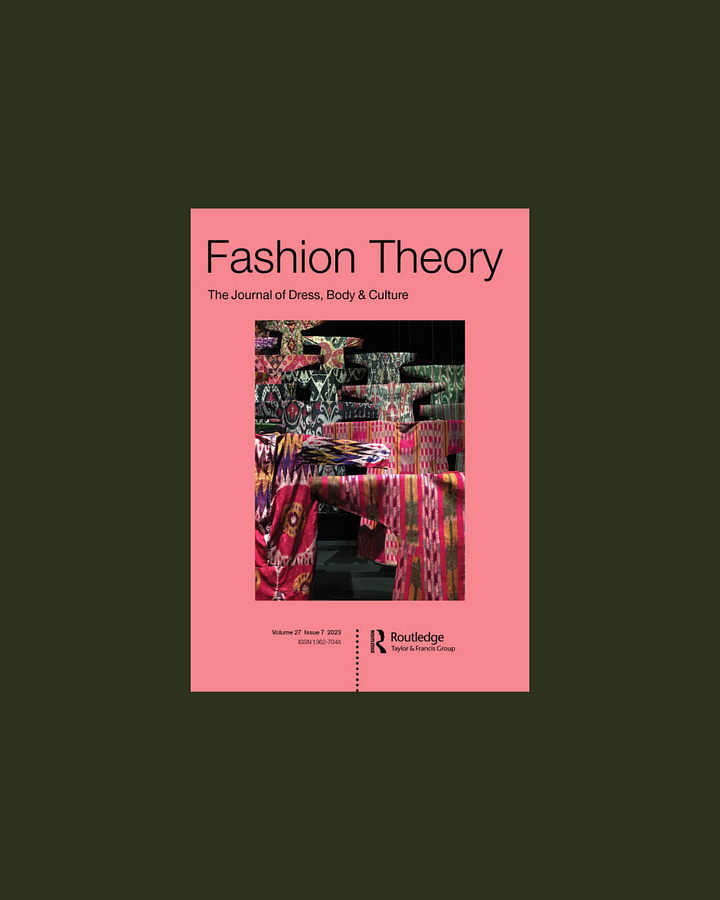
In her article, Morna Laing, Assistant Professor at The New School Parsons Paris, asks how we might tell better stories when it comes to sustainability in the fashion media, and how fashion storytelling can move beyond “green fatigue” and rekindle the imagination. Fashion, long entwined with desire and dreaming, often finds itself at odds with sustainability discourse, which can feel burdened by dystopian urgency. Laing proposes a compelling alternative – a vision where independent fashion media acts as a micro-utopian network, offering radical narratives that inspire new social and ecological imaginaries.
Drawing from theorists like John Wood and Roland Barthes, the article explores how fashion media, particularly independent publications and activist platforms, can serve as vessels for social dreaming rather than catalysts for consumerist fantasies.
“In the course of this article, I point to several media forums where social dreaming about sustainability is already taking place, at a distance from the conventions of commercial fashion journalism. Independent fashion media is here defined as media produced in the margins, which is neither dependent on advertising revenue from multinational corporations nor controlled by conglomerates such as Condé Nast. Such media sits outside of fashion cycles and allows for a greater degree of critical enquiry.”
The Lissome, The Slow Factory, and Fashion Fictions are featured as spaces that “sit within radical discourses on green consciousness: a set of perspectives that invite deep reflection on the ethical relationships between human and non-human species, including a profound critique of anthropocentric worldviews,” weaving together thoughtful and compelling narratives of care, reverence, and transformation. Through “persuasive communication” that aims at “winning hearts and minds,” and by reimagining what fashion is “good for,” media ecosystems like The Lissome, The Slow Factory, and Fashion Fictions cultivate an aesthetic and ethical shift. These marginal yet deeply resonant storytelling spaces, Laing suggests, possess the potential to create a reverse discourse against the dominant forces of fast fashion and commercial media:
“Taken collectively, this more marginal media content holds the potential to gain critical mass and form what Michel Foucault might call a ‘reverse discourse’ to that proposed by more commercial fashion media. Over time, this has the potential to form a larger network with influence, which might eventually reach the 25 per cent tipping point needed to bring about social change.”
To me, Laing’s article is a powerful reminder that storytelling is not merely an accessory to fashion but a force capable of reshaping its very foundations. Truly independent media, through its freedom to question and dream in far-reaching ways, has the potential to expand the narrative beyond industry norms and into new realms of possibility. At The Lissome, we have long believed in the power of beauty and care as catalysts for transformation. To see our work reflected within this micro-utopian vision is both an affirmation and an invitation – to continue imagining, weaving, and co-creating a future where fashion is not only sustainable but deeply regenerative, poetic, and alive with meaning.
If our vision resonates with you, we warmly invite you to support our work – by ordering a copy of our print magazine or becoming a paid subscriber. You can read Morna Laing’s full article here.
Five Questions with Bunon
– Going Deeper with The Book of Kin Creators
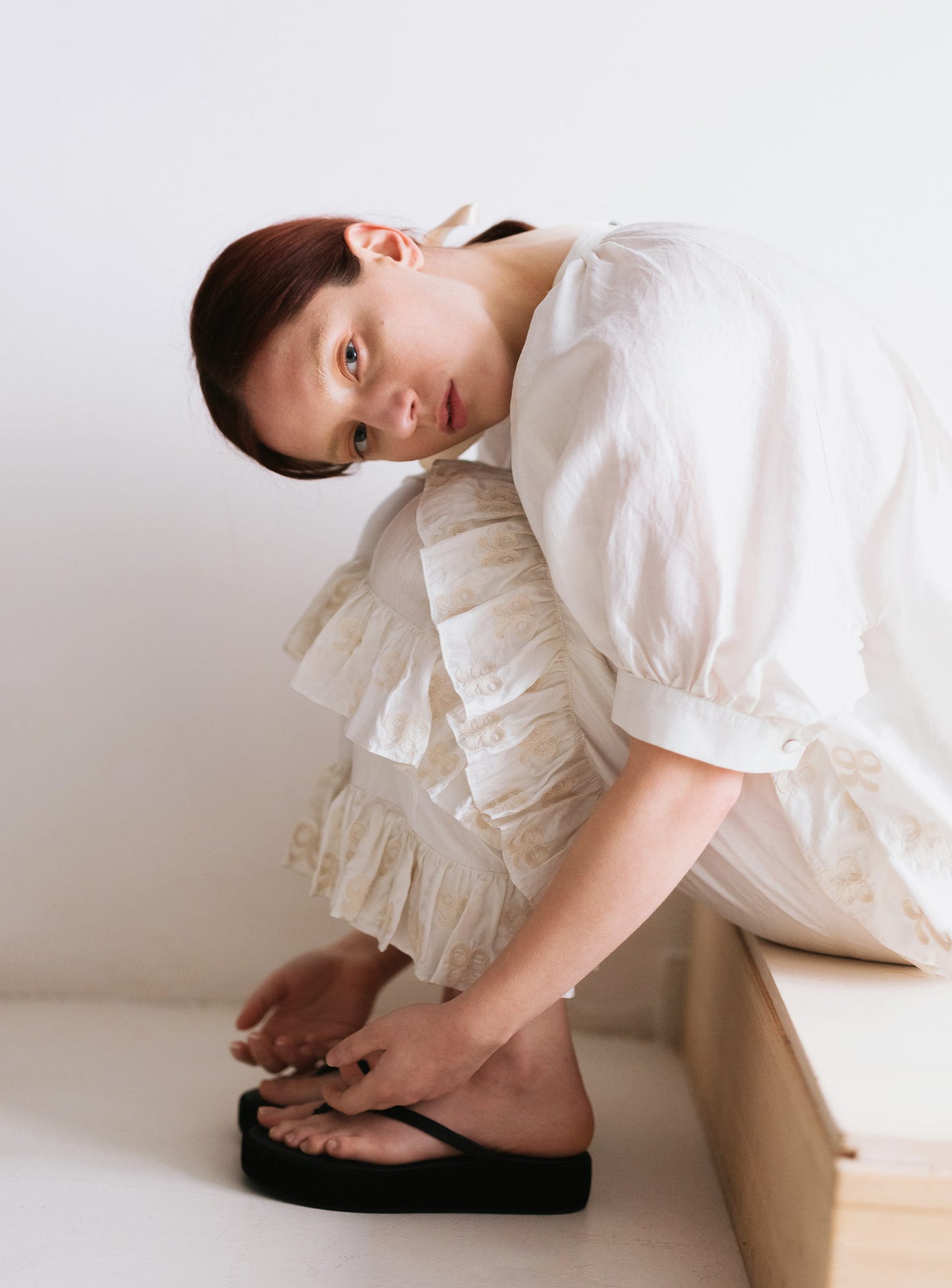
In the intricate dance between India and Japan, BUNON – meaning weaving in Bengali – emerges as a bridge between cultures, carrying forward a slow craft tradition that has endured for over 1,300 years. Rooted in Kolkata, BUNON’s silk textiles are entirely handmade, woven from hand-spun yarn derived from wild silkworms sourced in the local forests. Every thread tells a story of patience, skill, and deep respect for nature.
The collaboration that led to BUNON began when Soumitra and his wife Srima introduced their beautifully woven silk textiles and shared their vision of creating a collection that resonated with Ken’s own aesthetic. Although Ken had never worked with silk before, he was captivated by the unique quality of the textiles, which sparked an instinctive desire to collaborate. A visit to India in 2018 deepened this connection, where Ken discovered that the silks were sourced from wild silkworms found in the forests. The natural variations in texture and colour, influenced by the environment, added an unexpected layer of richness to the materials.
Yet, preserving this treasured heritage becomes increasingly challenging. Ami and Ken, alongside their counterparts in India, Srima and Soumitra, navigate the complexities of production together, immersing themselves in the local culture and realities of the craft. Their exchange goes beyond technique – it is a shared conversation, a commitment to honouring the past while creating something meaningful for the future.
Nature, ever unpredictable, shapes each fabric in unique ways. The silkworms, the weather, the hands that weave – all contribute to the subtle variations that make every BUNON textile one of a kind. Imperfection is not a flaw but a signature, a quiet testament to the beauty of true craftsmanship.
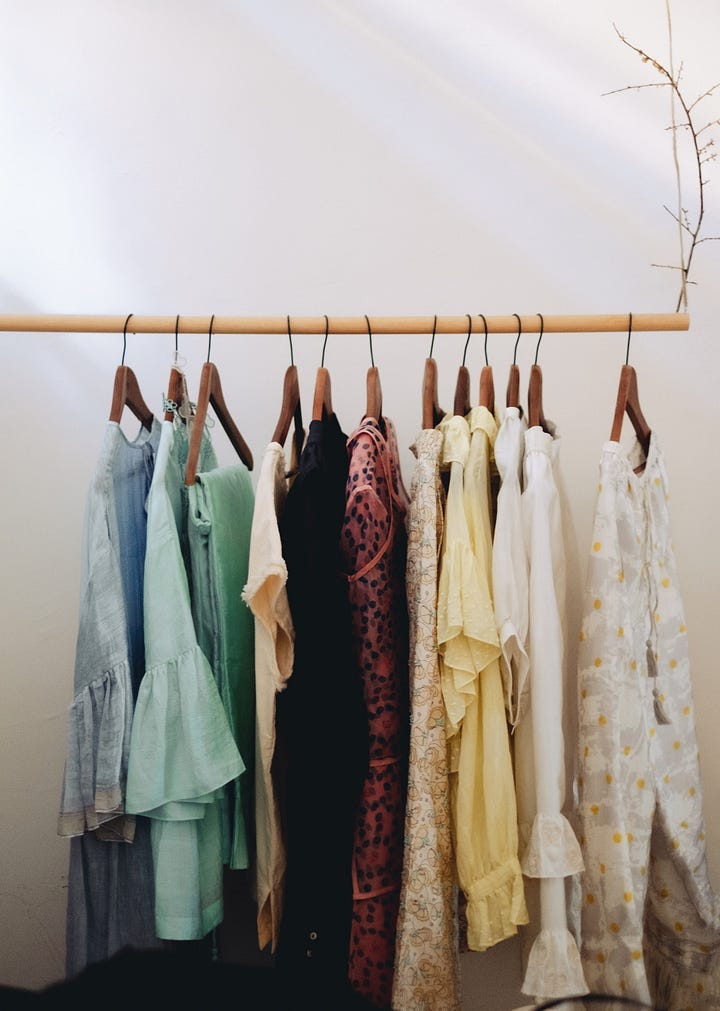
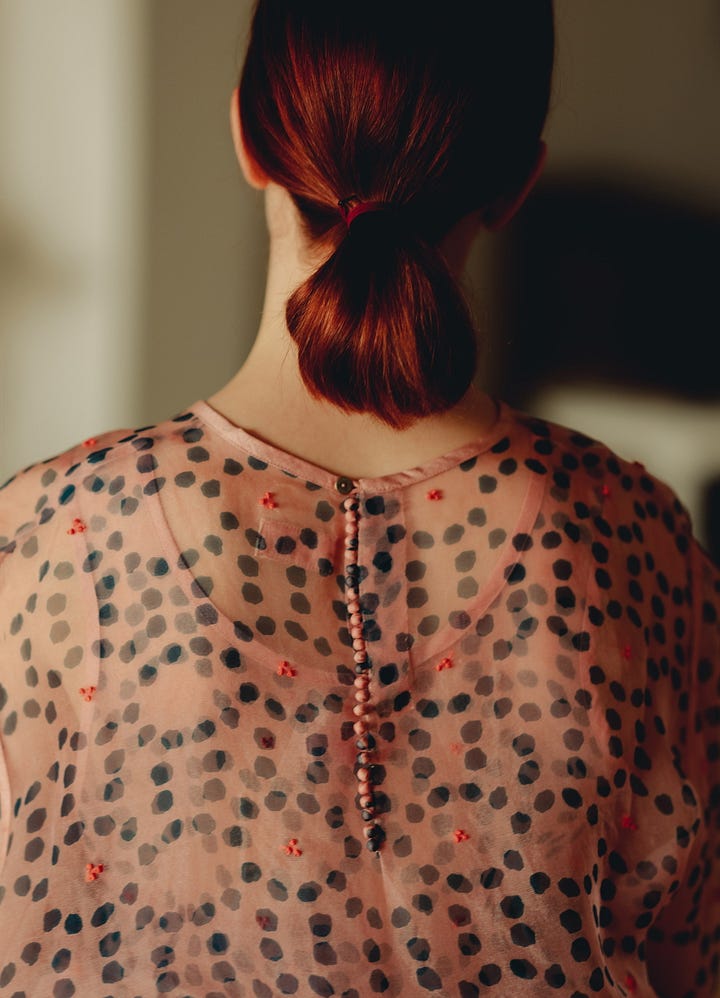
Dörte: What sparks your creativity? Are there any books, artists, or experiences that have left a lasting mark on your work?
Ami and Ken (A+K): My inspiration comes from nature, or the things created unintentionally. It can be the feathers of a flamingo when I visited the zoo, raindrops on the leaves after rain, or pearl quietly shining.
Dörte: Craftsmanship is at the heart of what you do. Could you share a favourite technique or tool you use in your creations and how it brings your pieces to life?
A+K: All of our processes are carried out by the skilled hands of craftspeople. If we were to highlight one, it would be the technique of hand-spinning. Traditionally, this craft can only be done by women, as the yarns must be spun on their soft skin, using their palms and inner thighs. Preserving this treasured tradition is becoming increasingly difficult.

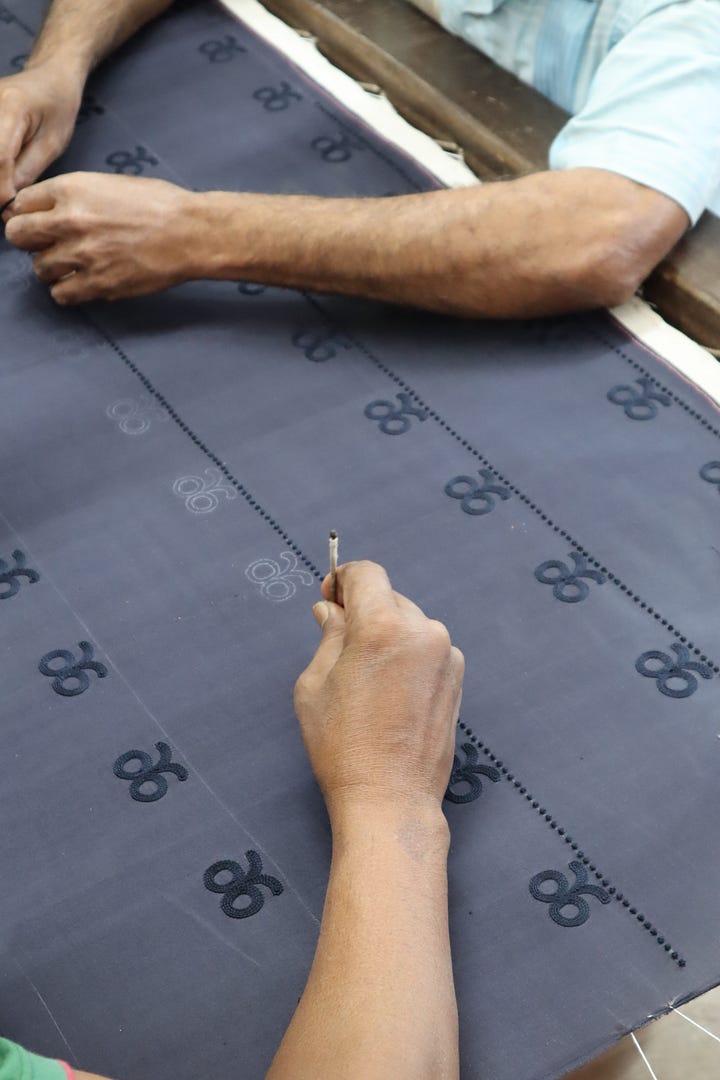
Dörte: Let’s talk about materials. What guides the way you source them, and how does that influence the feel and character of your final pieces?
A+K: Our main material is handwoven silk textiles, sourced from wild silkworms in the forests of Kolkata. The entire process has been passed down for over 1,300 years. Since these silkworms grow in the wild, they are deeply influenced by nature, making the texture of the finished product unique each season. It is never the same, and we believe that is the true beauty of natural materials.
Dörte: As you look to the future, how do you see your craft evolving? Where do you imagine yourself within the wider creative world?
A+K: In our creation process, we use techniques that have been passed down for over 1,000 years, yet they risk disappearing in the near future. We see deep value in these traditions and do our best to preserve and sustain them. By connecting with like-minded people in our community, we hope to grow our small circle as big as we can.
Dörte: Through your work, how do you hope to create positive change? In what ways do you see yourself as a force for good in fashion and beyond?
A+K: What we do is fashion, and we believe fashion should bring joy – both to the eyes and to the mind. That is our simple belief, and we hope people enjoy wearing our pieces, made entirely by hand with special techniques. It is wonderful if people take an interest in knowing the background of the dress they choose.
We continue working with Soumitra, Srima and artisans in India with great respect, not just as a team but as a family, creating beautiful pieces by combining what they have with what we, the Japan team, bring together. Our collections would not be possible without their skill and passion. Genuine beauty comes from genuine creation, that is what we believe.
“If we can be called changemakers in fashion, we are happy to be quiet changemakers.
It is our greatest joy when our dresses are chosen for their beauty alone,
but if someone learns about the creation process, we hope it stays in their heart
for a long time, like a gift.”

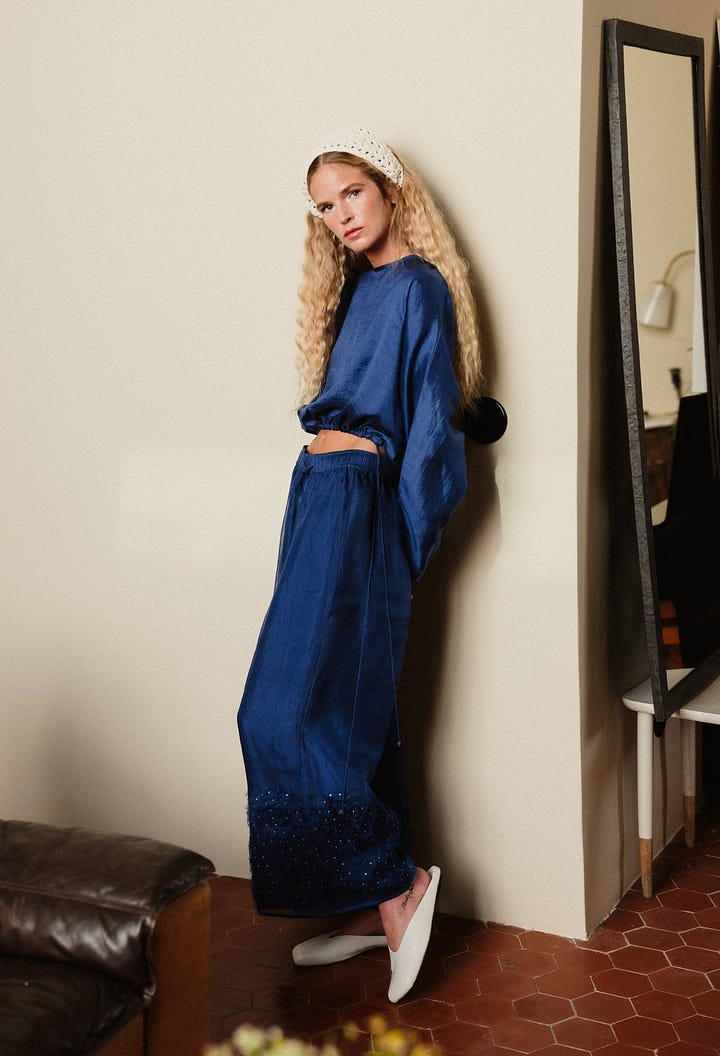
BUNON / @bunon_jp
Japan & India
BUNON campaign photos: Marta Rubio
Portrait of Ken and Ami: Masa Hamanoi
Photos of the workshop in India: @gris.site
Latest on The Lissome:
H6 Collective’s Live Fashion Storytelling at Berlin Fashion Week
At Berlin Fashion Week, H6 Collective’s On the Cover of… turned fashion into a live, interactive process. Visitors contributed to a transforming coat, explored craftsmanship, and witnessed a final performance – capturing fashion as a shared, evolving art form. The resulting image became The Lissome’s cover of the day.
Read the full article here.
Get your Copy of The Lissome
We still have a few print copies left of The Lissome No. 3: Cosmic Commons, The Lissome No. 4: Love Ethic and The Book of Kin, Guidebook of Slow Fashion Makers and Designers. They are available in our online shop, as well as their digital counterparts.
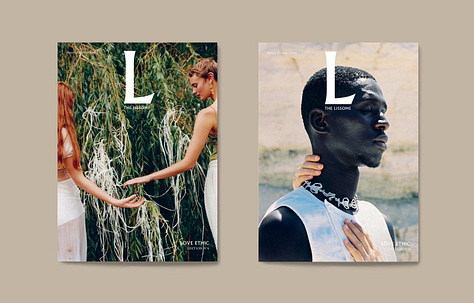

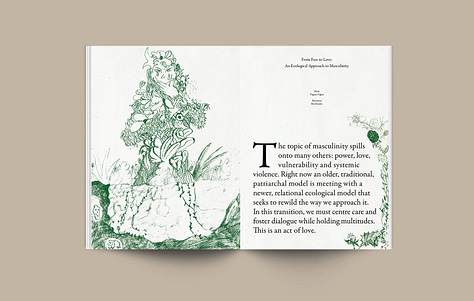

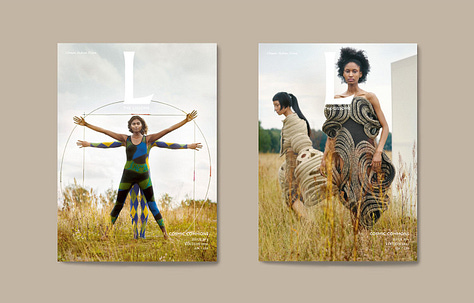
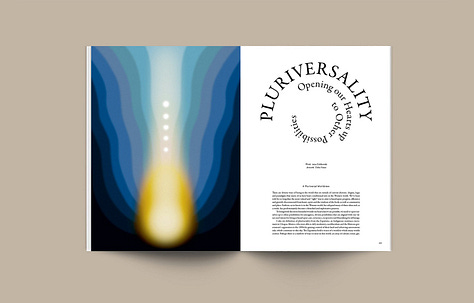
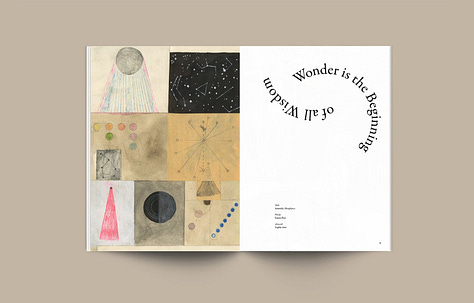


Sending you much love and see you next month!
Dörte and The Lissome team xx






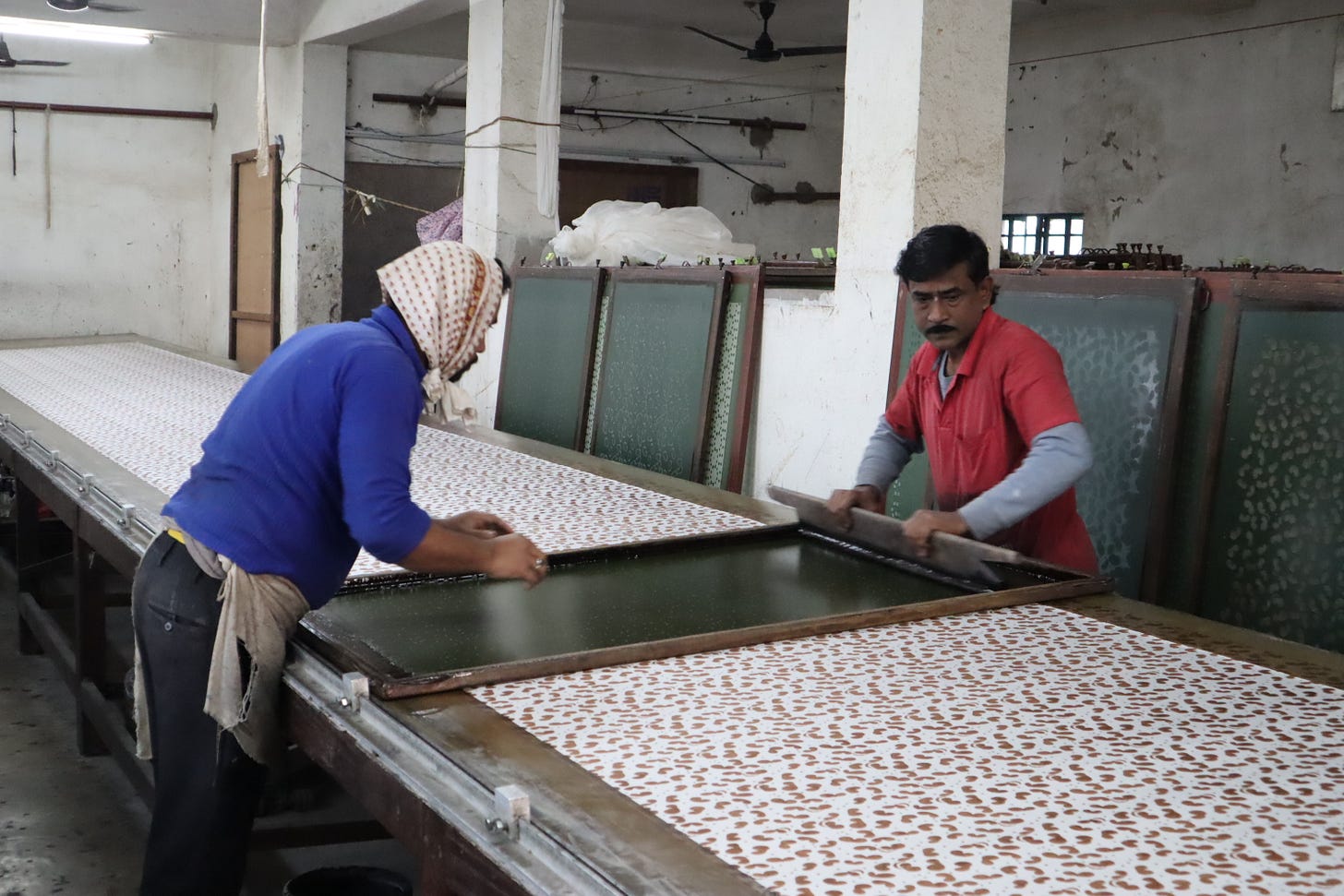

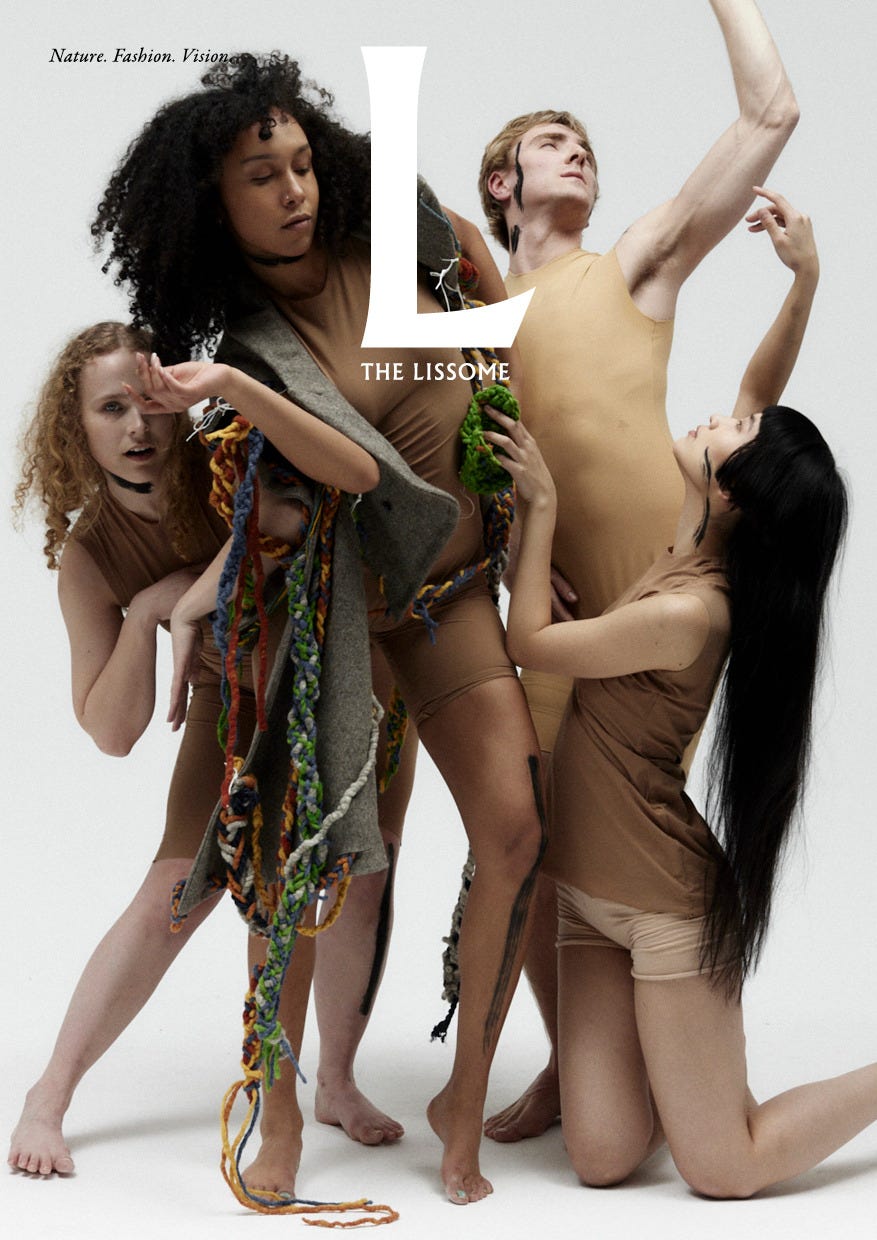

Beautiful work team <3